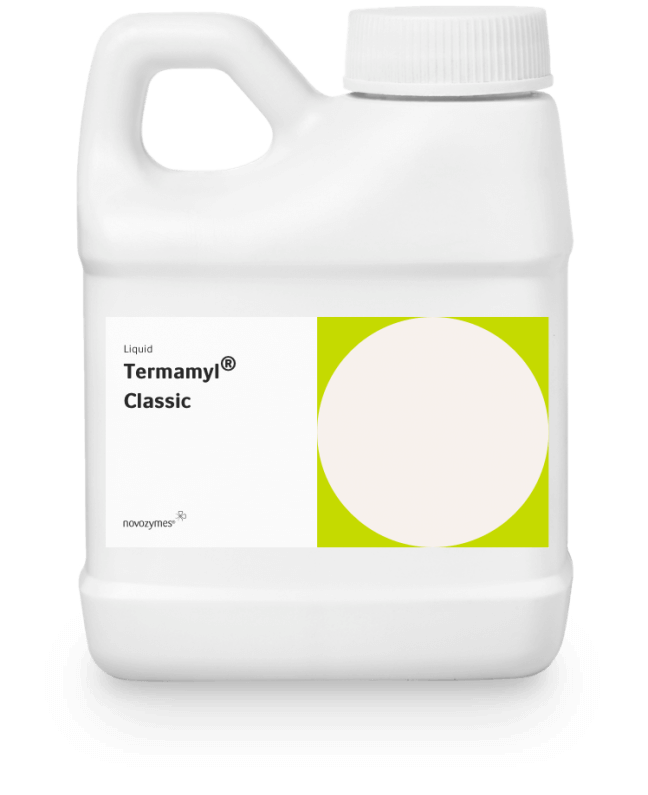Enzymes for cereal cooking
Cost-effective cereal-cooking with enzymes
Enzymes for cereal cooking
Limitations of malt alpha-amylases
Adjuncts containing starch with low gelatinization temperatures, < 65°C, such as barley, wheat and oats, can be mashed together with the malt in the mash-tun.
Other adjuncts, such as maize (corn), rice, cassava and sorghum, have significantly higher gelatinization temperatures, and therefore must be processed in a separate cereal cooker. The required temperatures are hot enough to deactivate malt alpha-amylases.
In addition, because malt alpha-amylases are not active at temperatures higher than around 75°C, it is quite common to introduce a break in the cooking process to allow for enzymatic activity to occur.
Gelatinization with newer adjuncts require a number of extra steps and precise timing.
Simpler, faster, more consistent liquefaction
Liquefaction with Novozymes Termamyl® is a simpler and faster process when compared to liquefaction with malt enzymes. Because the enzymes are thermo-stable, the 15-minute rest at around 72°C during the cooking process can be omitted, allowing a shorter and simpler cereal cooking process.
A family of solutions
A family of solutions
Optimizing cereal cooking with new flexibility in adjuncts is just one of the many solutions that Novozymes offers.
With enzymes, brewers can: optimize the use of raw materials, improve wort separation and beer filtration, maximize attenuation of high strength and light beers and control FAN and diacetyl.
Which solution is right for you?
Find the right solution for you in our global portfolio, shown below. To find out more about products available in your region, get in touch with your local Novozymes representative.
What could this mean for your business?

What could this mean for your business?
Do you want to learn more about our solutions for cereal cooking? Book a no-obligation meeting with a Novozymes representative.
